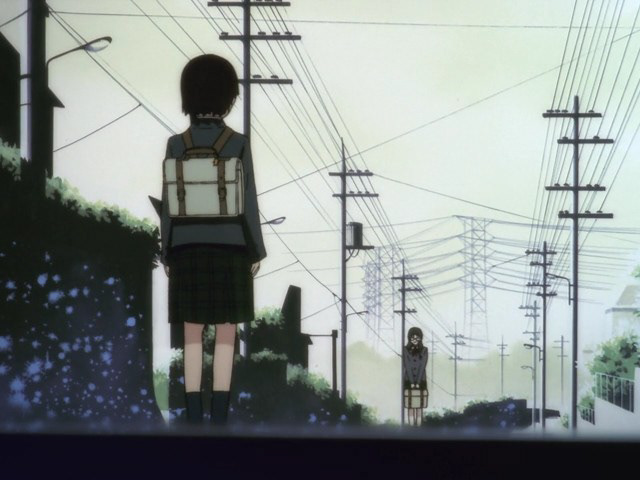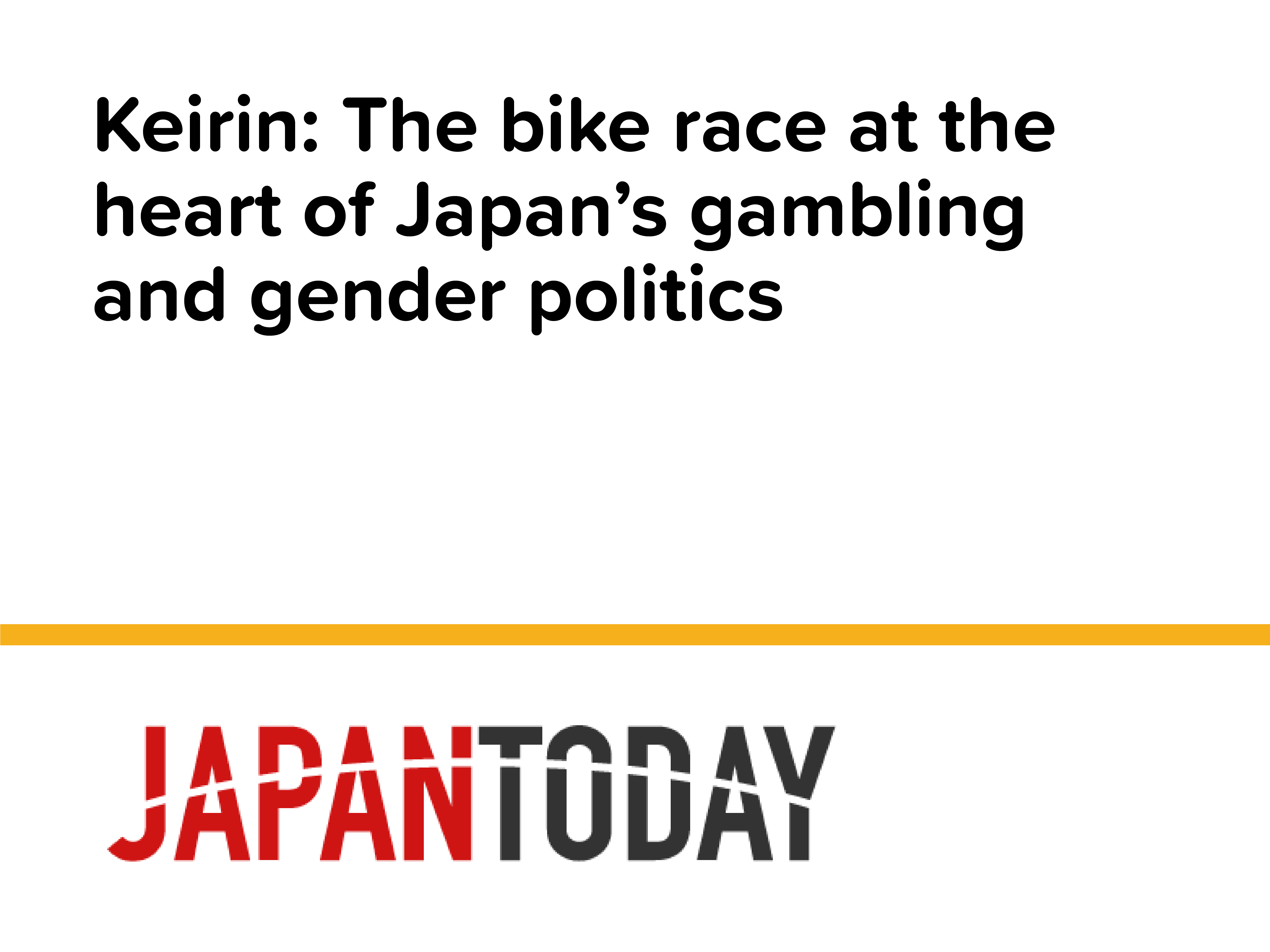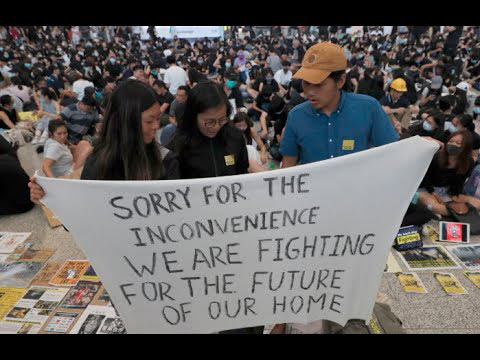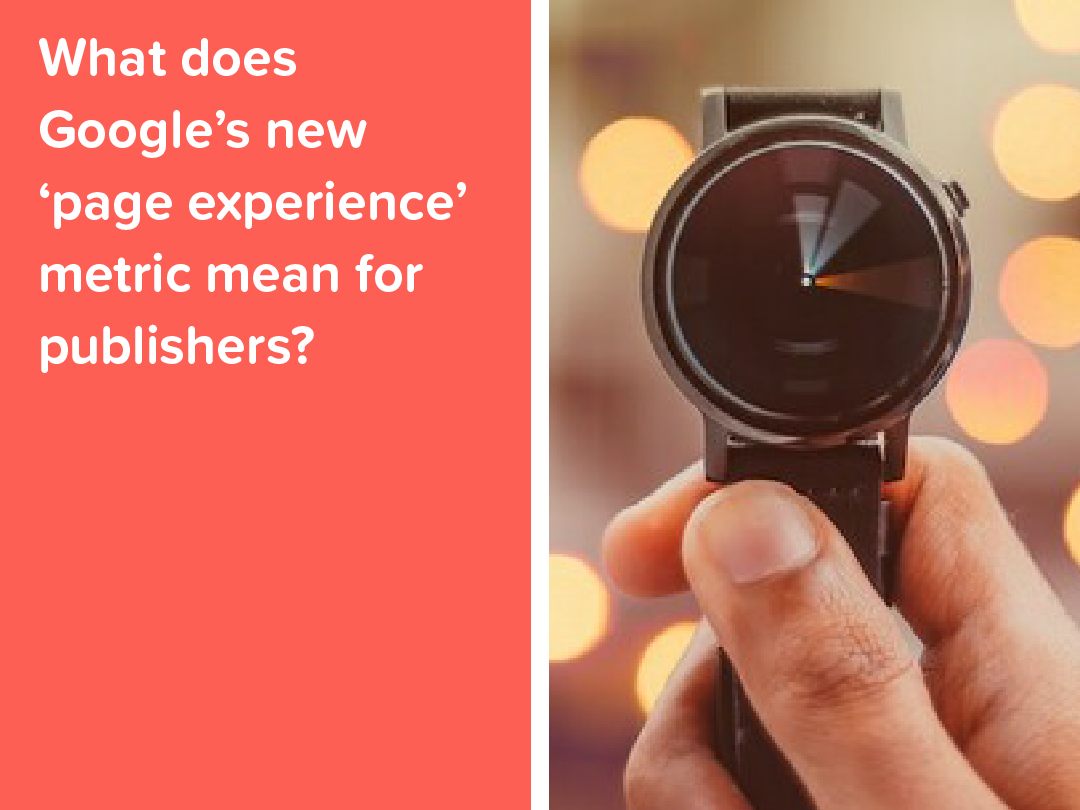In the fourth instalment of our #Cop26Countdown, GQM reporter Jo Cummins explains how carbon credits work, and how the hemp industry can ensure they are a viable solution – not a corporate smokescreen.
One of the world’s biggest fossil fuel producers opened a new oil well off the coast of carbon-neutral Gabon last week.
BW Energy announced that the new well, which is one of six in the oil field, will help the company produce over three million barrels of oil each year.
In June BW Consultancy, BW Energy’s parent company announced that it was carbon neutral and moving towards net zero emissions by 2025.
The secret to turning such an energy hungry industry green lies just 30km away from the expanding oilfield and in the heart of ‘Africa’s Lungs’, Gabon’s dense forest.
Gabon is one of only two carbon-negative countries on the planet. Despite the oil industry contributing to the majority of its economy, it absorbs far more greenhouse gases (GHGs) than it emits.
With a 200 million hectare forest covering over 90% of the country, Gabon is looking to capitalise on its most abundant natural resource. Not the timber or even the land, but the trees’ carbon offsetting potential.
In June this year, Gabon received $150m in payments for reduced deforestation and protection of its jungle from the UN-hosted Central African Forest Initiative (CAFI).
But now they are looking to take this a step further with a new financial product underwritten by the vegetation itself, selling carbon offsetting tokens.
But what is carbon offsetting?
Since the early 2000s, companies have been able to negate the negative impact of their business practices by buying carbon offsetting tokens. In effect, a token is a bond that means that for every ton of carbon dioxide the company spurts into the atmosphere, a ton is absorbed on their behalf.
This allows companies to work towards carbon neutrality, despite still producing, manufacturing and working in carbon-intensive ways.
A company of a certain size is permitted to produce a certain amount of carbon. For instance, fossil fuel producers may be allotted 100 units and a big clothes manufacturer 20 units. If those companies end up producing more units of carbon, they are subject to huge sanctions.
So, the company is allowed to offset the units they go over by purchasing tokens. The 100-unit oil company producing 120 units would need to buy 20 tokens for example. If they wanted to become carbon neutral, they would have to buy the full 120.
In this case, 120 locations around the world would independently consume the equivalent carbon the company produces, so when balances are taken, the number that matters reads ‘0’.
How are carbon offset tokens created?
Landowners, such as the government of Gabon, can choose to register their land and demarcate it as a carbon offsetting token.
There are a number of expensive and lengthy processes involved but it boils down to a commitment to continue to absorb a certain rate of carbon for a designated period of time, usually indefinitely.
They can do so by committing to conservation, quelling all deforestation and preventing other industries from using the land.
Environmental services such as Bluesource in the US and The Universal Protocol Alliance will then generate a trackable and unique identification for that token.
Universal Carbon’s UPCO2 token in particular uses the blockchain to prevent fraud or doubling-up on the same piece of land.
Once these checks are made, the Standards organization issues serial-numbered carbon credits which can then be sold. And trade is good; the demand for carbon tokens is four times the supply, according to World Bank Group.
How does anyone buy carbon credits?
Both individuals and companies are able to purchase the tokens. The tokens themselves are procured and sold by companies such as Bluesource, Native Energy Solutions and 3Degrees. When businesses look to offset carbon from their own industry, this is where they head.
Below that is the consumer and individual market. When your flight provider offers you the £10 fee to offset the carbon of the journey, they are chipping away at one of the tokens they already hold. They will purchase wholesale then divvy them up for end users.
Do they work?
Carbon credits have become something of a smokescreen for the biggest pockets with the dirtiest habits. Fossil fuel, airline and shipping companies are lapping up the positive PR from offsetting but doing little to reduce the amount they need to offset.
A newly planted tree will take almost 20 years to absorb the amount of carbon that offsetting promises and the rate the industry is demanding them to be planted is untenable.
Last year, the Amazon rainforest made the grave switch to producing more carbon than it consumed. Deforestation is a quicker and more established source of revenue than carbon tokens and one necessarily eats the other.
Gabon’s commitment to offsetting should be lauded, but with the same potential shrinking in other nations, time is short to make the switch.
Where the hemp industry comes in
Industrial hemp absorbs more carbon per square metre than any other commercial crop or forest, around six tons per acre, according to the European Industrial Hemp Association. The plant absorbs carbon dioxide from the air and permanently bonds with it as it grows.
As a result, the carbon offsetting industry has looked to hemp – and hemp farmers – as the ideal solution to meet the growing demand for land that can lap up carbon. Carbon heavy industries can look to hemp to rebalance their environmental impact and the farmers can reap the economic rewards of simply growing their crop. They’ll be paid for their plant and the carbon stored in their soil.
At present the carbon industry is beyond the grasp of most hemp farmers simply because of the exorbitant set-up costs. Verification of farmland and the frequent checks needed to show that the carbon will remain locked up is expensive.
But companies such as the Hemp Blockchain, Inc (using the blockchain to aid verification) and the Green Trees Project, which aggregates farms to give them more market clout, are adding value to every step of the process and making hemp farmers much more appealing to businesses with money to burn to offset their carbon.
Hemp sequesters more carbon than trees, and grows more quickly, meaning offsetting emissions with carbon credits could be a highly viable short term solution to lowering emissions and reaching Net Zero.








